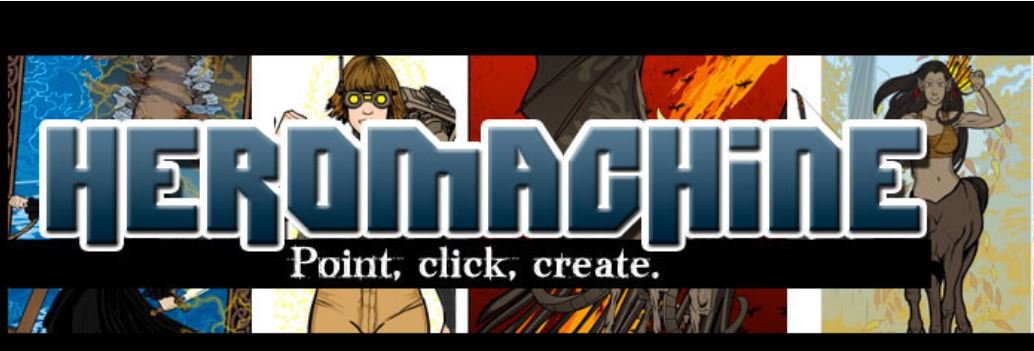As we continue to celebrate the spooky season, let us remember some of the apps that are no longer with us. We can all enjoy a few chills as they haunt us with their memories.
Effusio: Effusio was a website developed as an art therapy tool. It allowed users to create a mood board and journal with all of their entries saved in a portfolio. When you opened the app you would be prompted to type a word describing how you feel then adjust the font, color, and background color of that word. This word was then pinned to a virtual cork board. You could then draw or add premade images (a house, tree, or different people) to the image to embellish it further. Users had the option to write a brief journal at the entry at the end for processing. When the site was still active I used it during my thesis research with children in an after school program. If future website or app developers were to create a similar tool in the future the features worth building upon are the emotional check-in (though I would probably use pre-written words or faces to assist younger users in selecting emotions) and the portfolio.
Auryn Ink: Auryn Ink was an app that simulated the process of painting with watercolor. Some of the strengths of the app were working wet-in-wet, ability to lift color with water, glazing effects, control over drying time, and custom color pallet. Admittedly, though, I was not a huge fan of this app because I didn’t find it intuitive to use. Some alternative to Auryn Ink include Procreate, Artrage, and Tayasui Sketches.
Bellish: Bellish was an app and website that allowed users to develop knitting patterns for projects with various stitches, sizes, and yarn weights. The app was a good introduction to pattern making for beginning knitters and those who are not fans of figuring out sizing and math. If you are sitll looking for patterns online you can try Ravelry.


